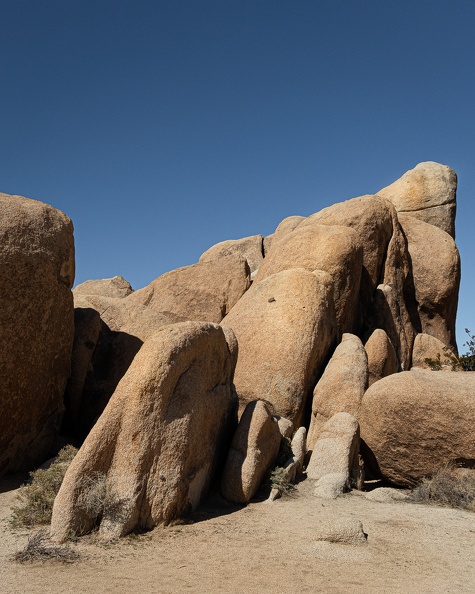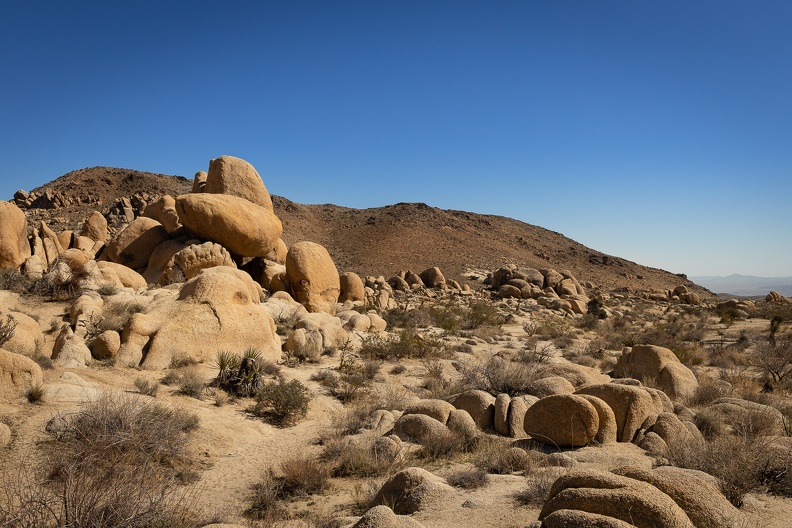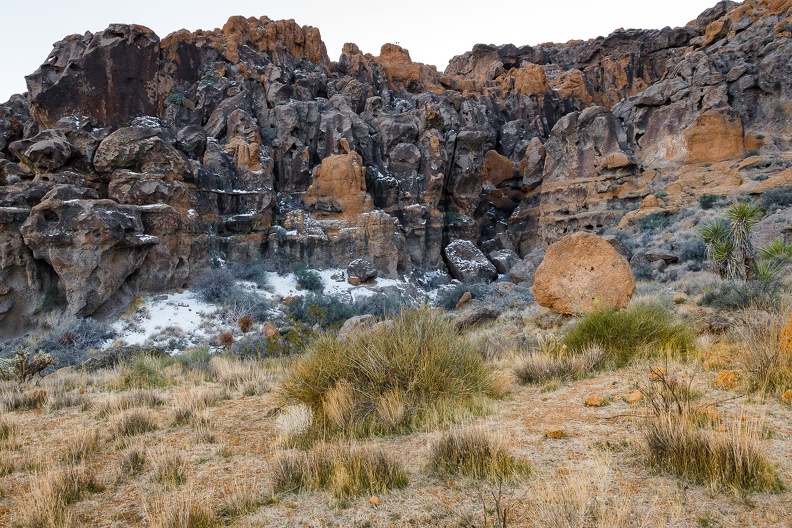The night was cold. While eating our dinner and watching the stars, the thermometer on Greg’s bike dropped to 22. Surely, it dropped even further through the night. We bundled up in jackets, long underwear, thick socks, and gloves. The cold still found its way in.
I had found a leftover log in our fire ring. I searched adjacent empty campsites for additional logs to make a decent fire, but all I found was kindling. I made do with what I had. I split the leftover log into four pieces and used the kindling to get it going. It wasn’t much, but it got our hands warm.
We retired early to get warm in our sleeping bags. I was actually a little worried about dealing with the cold through the night. I kept my sweatpants, long underwear, and sweatshirt on when I climbed into my sleeping bag. Surprisingly, I was quite toasty through the night.
I had some trouble sleeping; I just couldn’t get comfortable. I woke up with a sore shoulder and back. But the good news was the sun was up and it was relatively warmer than the previous night. Greg and I had our camp coffee and packed up for the day ahead.
We headed north on Black Canyon Road and then Cedar Canyon Road, heading for the town of Cima to top off our gas tanks. The two roads are “graded” for low-clearance vehicles, but graded is a very generous term for the condition of the roads. We rode through about 20 miles of bone-shaking washboards to get to the pavement. Every so often, we’d pass through a patch of thick sand left by recent rains. The sand was loose enough to get your wheels loose, surprising you when the bike turns sideways.


We dropped into the Round Valley, situated between the Providence and New York Mountains. The north slopes of the mountains were covered in snow, and small patches sat along the edge of the road.
We made it to Kelso-Cima Road and managed to have all our bolts and screws still intact. We stopped at the controversial Mojave Cross, a memorial to American war dead. The cross became famous for the long court fight over its presence in a National Preserve and possible First Amendment violations. Eventually, the government transferred the land where the cross was located to a veterans’ group and removed it from the National Preserve.



We stopped at a gas station in Cima, along Interstate 15, to top off our gas. The gas station also had a unique urinal in the restroom. Our original plan for the day was to head toward Anza-Borrego State Park for the night. By the time we got to Cima, it was nearly 1 p.m. and we found the distance to Anza-Borrego was not in our favor. Given that it was a Friday afternoon, and the popularity of Anza-Borrego, we would likely not be able to find a spot to camp due to crowds. We decided to stop for lunch in Baker then start south to see how we do on time.

Interstate 15 is the main route between the Greater Los Angeles area and Las Vegas. It’s known for a high amount of traffic and people driving at high speeds. Today, we got both and a strong wind blowing from the north. We dodged cars going 90+ and trucks that would change lanes while going too slow. You had to prepare for the sudden blast of wind when passing trucks – not only the wind coming off the front of the truck, but also the wind blowing across the valley. A few times, I found myself pushed into the next lane!
After lunch we headed south on Kelbaker Road, passing through more of that magnificent desolation. On the left we had ancient cinder cones and lava fields, on the right, the vast plain of the dry Soda Lake.
We made a stop at the Kelso Depot, a former railway station repurposed as the Mojave National Preserve visitor center. The town of Kelso, a former mining town, had long since died, and the visitor center was closed, but that didn’t stop busses full of tourists from stopping to walk around the grounds.





After a short break, we continued south, passing the enormous Kelso Dunes – the tallest being about 650 feet tall. Though they were miles away from the road, they appeared almost like a mountain range of sand. The dunes are made of sand from sediments deposited by Lake Manix which once covered a large area of the Mojave Desert. About 25,000 years ago, Lake Manix drained, creating nearby Afton Canyon. About 9,000 years ago, winds started causing these sediments to collect into the dunes we see today.



We hopped back on old Route 66 and passed through Amboy, stopping at Amboy Crater. The crater is a 944-foot-tall cinder cone volcano surrounded by a 27 square mile lava field. The crater was formed around 79,000 years ago and is considered dormant, last erupting about 10,000 years ago. The crater was a tourist attraction on Route 66, as it was one of the few volcanoes along the route. A trail to the top of the cone allowed many a traveller to brag they had climbed a real volcano.



It was starting to get later in the day and camping options were slim between Amboy and home. We decided to finish up the trip and head back to my place. It wasn’t exactly what we planned, but it worked out for the best. Greg needed to get a tire swapped out before continuing on his trip, and my family was coming back from a trip of their own. Returning on Saturday would have caused a mad dash to get everything done in a short amount of time.
Ending early didn’t matter to me. Often the times together are more important than the journey. I was happy to have another adventure with my friend.

Daily Mileage: 266
Total Mileage: 502





















